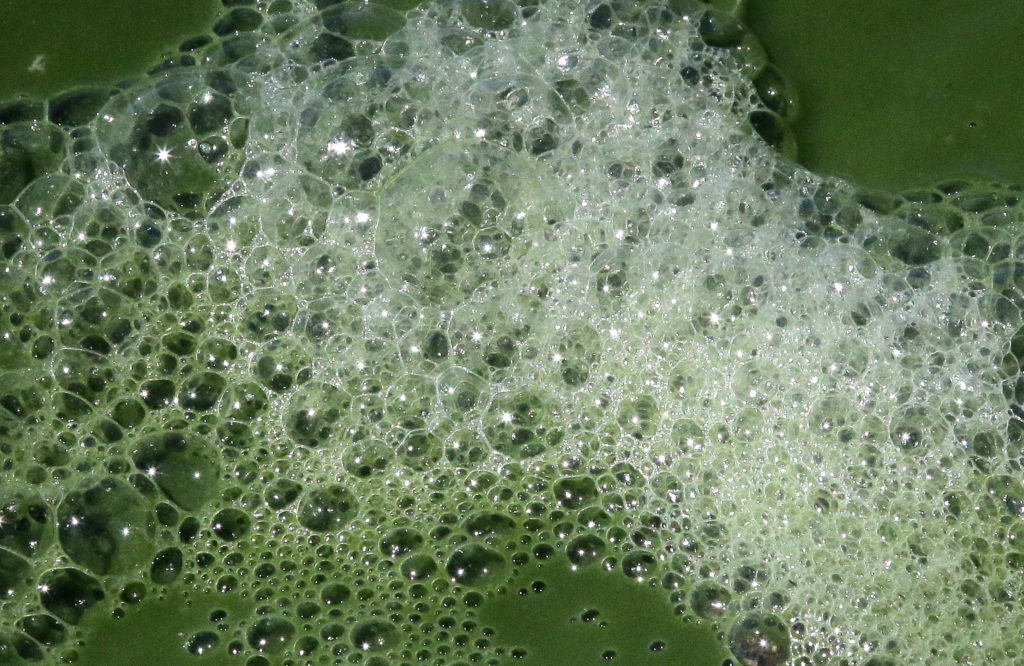WICHITA — Kansas health and environment officials are recommending alternative ways for municipal water operators to treat toxic blue-green algal blooms that have troubled state lakes for nearly 10 years.
The U.S. Centers for Disease Control and Prevention says people and animals that come into contact with cyanobacteria algae might suffer diarrhea, headaches and other symptoms.
The Kansas Department of Health and Environment has detected traces of toxins related to the blooms in at least five water treatment plants.
KMUW-FM reports that the department has suggested adding activated carbon to the water treatment process. The carbon causes algae to fall to the bottom of ponds, allowing clean water to pass through.
Department officials say they also offer a program to subsidize water quality tests searching for toxins caused by cyanobacteria.


